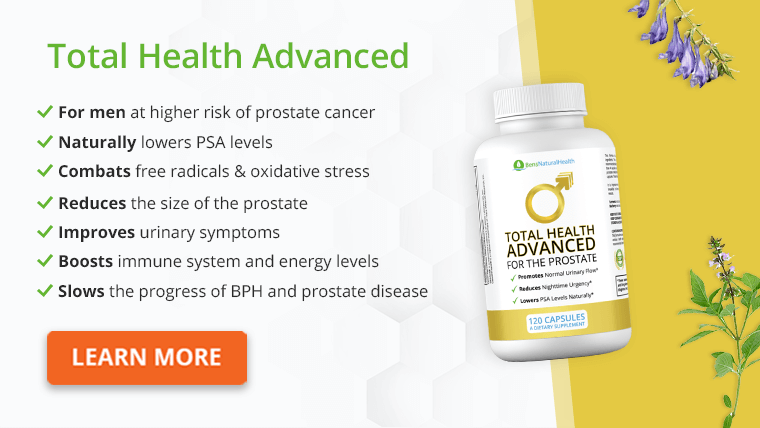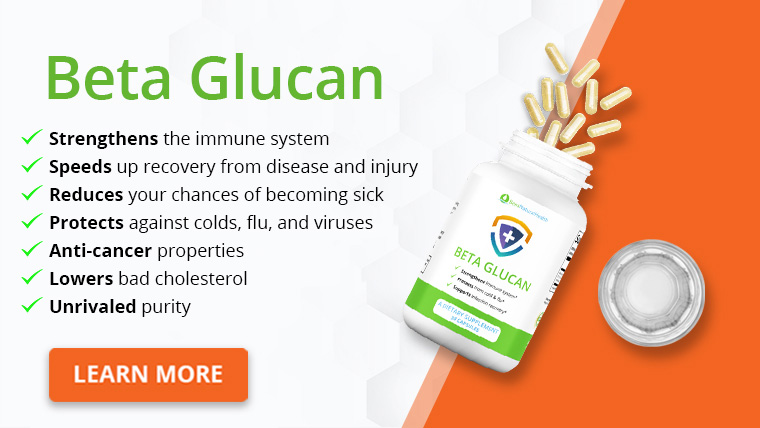- How do chemo ports work?
- Who might need a chemo port?
- Types of chemo ports
- What to expect during chemo port placement
- How soon can you start chemo after port placement?
- Benefits of a chemo port
- Potential risks and complications of a chemo port
- Living with a chemotherapy port
- When to contact a doctor about your chemotherapy port
- How long can a chemo port stay in?
- Chemo port removal
- FAQs
- Conclusion
- Source
A chemo (chemotherapy) port is a little device that is implanted under your skin and connected to one of the major veins in your arms, chest, or abdomen.
It is used to deliver chemotherapy drugs directly into your bloodstream.
When undergoing cancer treatment, you may require several needle pricks for IV medications, fluids, sample collections, and more.
Not only are these repeated pricks uncomfortable, but they can also cause damage to your veins over time.
A chemo port helps to remove the need for these repeated pricks and gives healthcare providers a centralized point of access to your bloodstream.
When they need to draw blood or give you medications, they’ll poke the port and not your veins.
But how exactly do these chemo ports work?
What should you expect when they are being inserted?
And what are the potential risks associated with them?
We answer these and many other questions about chemo ports in this article.
How do chemo ports work?
A chemo port is made of two parts: a port and a catheter.
The port is the major part of the device. It is usually around the size of a U.S. quarter and is composed of plastic or metal.
It can be round, oval, or triangular in shape. The central part of the port is called the septum. It is made up of self-sealing rubber.
The catheter is a thin and flexible tube that connects the port to a major vein.
Once the chemo port is implanted, healthcare workers can put needles through your skin and into the port’s septum to inject medications or draw blood.
The rubbery material can hold the needle in place while you receive medications and would seal itself up after the needle is removed.
Get Your FREE PSA Lowering Diet Plan!
- Naturally lower PSA levels
- Reduce nighttime trips to the bathroom
- Enjoy better bladder control and urine flow
Who might need a chemo port?
Anyone who needs regular chemotherapy for cancer or some other regular long-term infusion may be a good candidate for a chemo port.
There are other options for long-term venous access, like a central line. But, these cannot stay in place as long as a chemo port can.
Speak with your healthcare team to learn about the options available and pick one that is a great fit for you.
Types of chemo ports
There are two main types of ports for chemotherapy:
- Single-lumen port: This type of chemo port has only one septum and, therefore, provides only one access point. It is the most common type.
- Double-lumen port: This type of port has two septums. As such, it provides two access points. One can be used to administer chemotherapy, while the other is used to give another drug or fluid.
What to expect during chemo port placement
Chemo port placement is a surgical procedure that requires the doctor to make an incision on your skin and put the port into it.
It usually takes 30 minutes to an hour. Below, we discuss how the procedure normally goes.
Your care team will:
- Inject a local anesthetic to numb the area where they plan to insert the device. They may also give you some IV medications to sedate you.
- Make a small incision (usually about an inch long) around the major vein they want to access.
- Create another incision for the port and form a pouch under the deep (subcutaneous) layer of your skin.
- Insert the chemo port into the pouch they created.
- Tunnel the catheter under your skin and push it toward the incision around your vein.
- Test the port to ensure that it is working.
- Close the incisions using sutures, tape, or glue.
During the procedure, the surgeon will use an imaging method called fluoroscopy to guide the placement.
When it is done, they’ll do an X-ray to confirm that the port is in the right place.

How soon can you start chemo after port placement?
It is generally recommended that healthcare providers wait for at least a day after placement before they start using your port for chemo.
However, some studies have shown that it is safe to start using it even on the day of placement.
Benefits of a chemo port
A chemo port has many benefits. Some of them include:
- Less discomfort: When a healthcare provider inserts a needle into the septum of your chemo port, you may feel pressure, but there’ll be little to no pain.
- Lower risk of extravasation: With traditional IV lines, drugs sometimes leak through the vein (extravasate) and cause damage to surrounding tissues. Because a chemo port delivers drugs directly into a large vein, the risk of extravasation is much lower.
- More convenience: The chemo port is completely covered by your skin once it heals. You can take baths and even swim without worrying about infection. This makes it more convenient when compared to other forms of IV access.
Potential risks and complications of a chemo port
While chemo ports have many advantages over other forms of IV access, there are some potential complications:
Infection
Infection is a rare but possible complication of chemoport placement. Studies show that about 2% of chemo ports need replacement as a result of infection.
Signs of an infection include:
- Pain
- Redness around the area
- Fever
Thrombosis
Blood clots can form in your catheter and cause blockage. Symptoms include pain and swelling of the area around the cancer port.
Sometimes, the blood clot can be removed by injecting heparin (a blood thinner). Other times, the port will need to be replaced.
Complications from surgery
All surgical procedures have risks. One of them is excessive bleeding.
A rare complication of chemo port placement is pneumothorax.
This refers to lung collapse and air leakage into the surrounding space. It can happen if the lung is accidentally punctured during the procedure.
Limitation of movement
Activities like swimming are acceptable. But, your doctor may recommend that you avoid strenuous activity because this can cause your medical port to get displaced.
You would also need to avoid contact sports that may damage the device.
Mechanical issues
Some mechanical issues can occur with a chemo port and stop it from working properly, e.g., displacement of the catheter.
Scar formation
You are likely to have a scar after the incisions from your chemo port placement heal and after it is removed.
Some people find the scar to be an unpleasant reminder of their fight with cancer.
Living with a chemotherapy port
Here are some important things to know about life with a chemo port in place:
Visibility
You can feel the port beneath your skin, and it may be visible as a small bump of about half an inch.
But, it is easily covered with clothes. With the right type of clothing, people will not notice it.
Safety
If you have a port made of metal, speak with your doctor about whether it is safe to undergo tests like an MRI (magnetic resonance imaging) in the future.
This will depend on the composition of the metal.
Flushing
Your port needs to be flushed after every use. It also needs to be flushed if you don’t use it for up to a month.
Flushing cleans the port and prevents blood or medicine from clogging it up.

When to contact a doctor about your chemotherapy port
You should seek medical attention immediately if you have a chemo port and experience any of the following:
- Serious pain, swelling, redness, or bruising around the port site.
- Drainage of fluid from the port.
- A high fever with or without chills.
- Difficulty breathing.
- Swelling of your face, neck, or arm on the side that the port is inserted.
How long can a chemo port stay in?
The port can remain in place for as long as necessary, provided it functions properly and does not develop complications such as thrombosis or infection.
You can even have it for years. When you no longer need it, your doctor can remove it during a simple procedure that we discuss further below.
Chemo port removal
Chemo port removal is a minor surgical procedure that is normally completed within less than 30 minutes.
A local anesthetic will be injected around the area to numb it, and a small incision will be made.
The surgeon will then release the port from any surrounding tissue and pull it out.
Next, they’ll close the incision using sutures, tape, or glue and cover the area with dressing.
You may experience mild discomfort, bruising, and swelling after the procedure. These are normal and should disappear within a few days.
FAQs
You shouldn’t feel any pain during the placement of a chemo port because you’ll be given a local anesthetic to numb the area.
You might experience mild soreness or bruising in the area after the procedure, but it’ll pass within a few days.
When healthcare workers use the port to give you medications or draw blood, you may feel some pressure. But you’ll have little to no pain.
No, it is a minor outpatient procedure that is usually completed within less than an hour.
Yes, you can. 24 to 48 hours after chemo port placement, you’ll need to cover the area with plastic wrap to prevent it from getting wet.
But, once your skin has completely healed, you can shower, bathe, and even swim with the port in place.
Chemo port placement has a high success rate, and some studies have reported success rates of up to 100% with a low rate of complications.
There are no specific sleeping positions that are considered unsafe when you have a chemo port.
However, to avoid discomfort and prevent the application of pressure on the port while you sleep, it is best to lay on your back.
If you cannot sleep on your back, laying on the side opposite where the port is inserted is a great alternative.
If you sleep on the side where the device is, your chin may tuck into your shoulder and put pressure on the device.
Conclusion
Cancer treatment may involve repeated and uncomfortable needle pricks. A chemo port removes this discomfort while offering other advantages, like improved convenience and lower risks of tissue damage.
It gives healthcare workers a central access point to your bloodstream. The placement procedure is quick and straightforward, and the device can stay in place for as long as you need it.
While this device comes with lots of advantages, there are also potential risks and complications associated with it.
Consult your oncologist to discuss the available options, evaluate the benefits and risks, and make an informed decision.
Explore More








